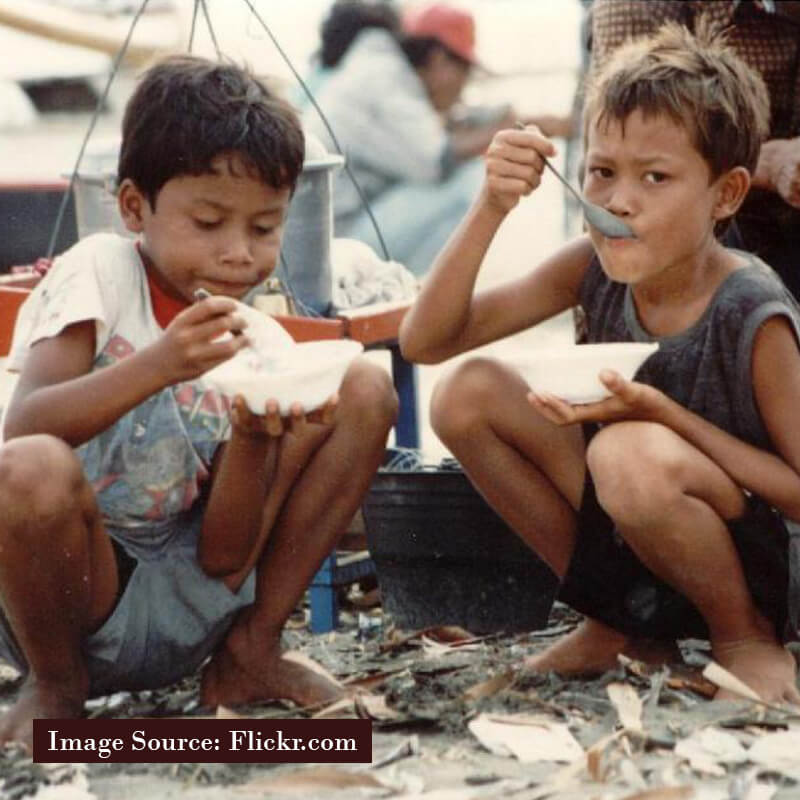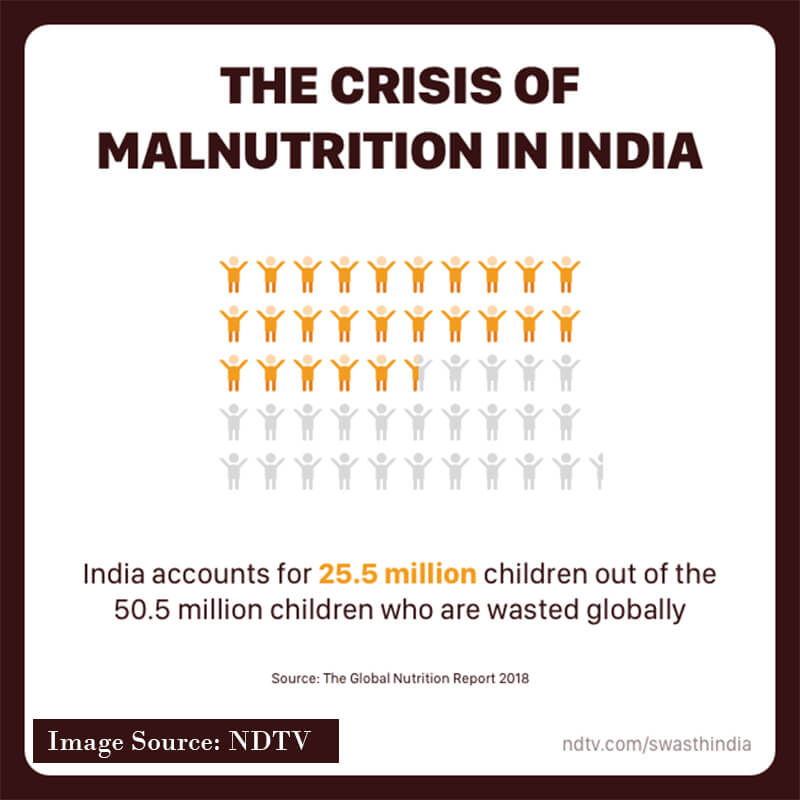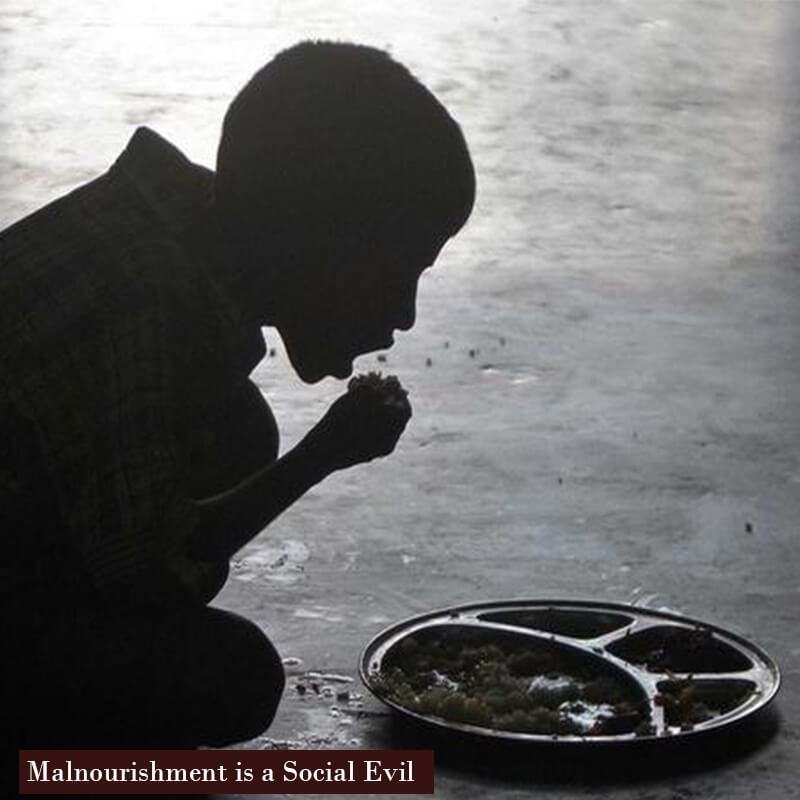Are you really healthy?
The World Health Organization (WHO) defines health as “a state of complete physical, mental and social well-being and not merely the absence of disease or infirmity.” According to this, an individual need not just be free from illnesses to be considered healthy. Health and well-being are holistic in nature. A healthy individual is supposed to be free of all stressors. They tend to be energetic, emotionally sound, and mentally fit. There are five main aspects of wellness, namely, physical fitness, emotional, social, spiritual, and intellectual. Development is only possible when you give an equal weightage to each of these aspects.

UN’s Sustainable Development Goals (SDGs):
Under the United Nations’ Sustainable Development Goals (SDGs), SDG-3 aims to ensure healthy lives and promote well-being at all ages. It is believed to be a prerequisite to sustainable development. Currently, the world is facing a global health crisis unlike any other — COVID-19 is spreading human distress, destabilizing the global markets, and disrupting the lives of billions of people around the world. Problems like homelessness, malnutrition, improper sanitary and hygienic conditions are on the rise.
India is home to 46.6 million stunted children, a third of the world’s total as per Global Nutrition Report 2018. In India, nearly half of all under-5 child mortality is caused mainly due to malnutrition in children. All forms of malnutrition are associated with various forms of ill health and higher levels of mortality. Undernutrition explains around 45% of deaths among children under-5, mainly in low and middle-income countries. (Childhood Malnutrition in India, Abhishek Singh)

Malnutrition is a social problem that does not occur alone. It accompanies poverty, disturbed family structure, ignorance, and despair. The government has taken some measures to curb this growing social issue. Usually, biologically vulnerable groups like pregnant women, infants, preschool going and school-going children are targeted by various welfare measures conducted by the government. Calories, proteins, and micronutrients like iron, vitamin A and zinc need to be supplemented.
According to the data collected by UNICEF in the year 2020, 34.3 per 1,000 children under the age of five years die every year. The main causes of malnutrition in India include inappropriate dietary choices, a low income, difficulty obtaining food, and various physical and mental health conditions. The effects of malnutrition in early childhood can be devastating and permanent. Whether or not children are well-nourished during the prenatal period and the first years of their life can have a profound effect on their health status, as well as their ability to learn, communicate, socialize, and adapt to their environment.
What does CHF do?

Child Help Foundation has partnered with Khushiyaan Foundation for Roti Ghar, a project which feeds 1,800 children daily. Through our Roti Ghar program, people are working tirelessly to feed children from poor and disadvantaged backgrounds. More than just a project, it is an initiative meant to bring about change and happiness in the lives of lesser fortunate children along with providing them with the nutrition they need. India ranked 97 among a list of 118 countries on hunger as per the Global Hunger Index (GHI). Roti Ghar is now feeding underprivileged kids every day in different locations across India including Thane, Mumbai, Delhi, Hyderabad, and Bengaluru.
To accomplish the UN’s Sustainable Development Goal, SDG-2, which aims to end all forms of hunger and malnutrition by 2030, Child Help Foundation wants to ensure that no child dies of starvation and malnutrition.
